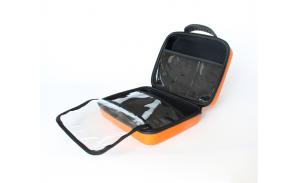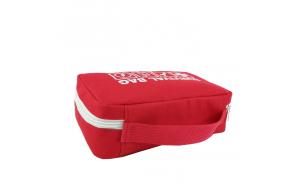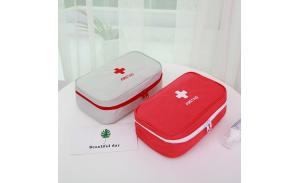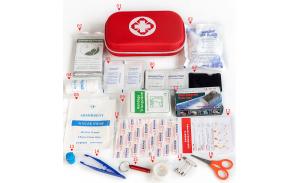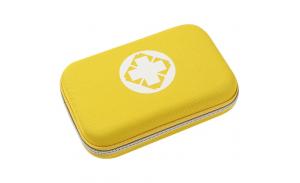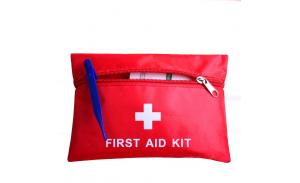How to Organize your School Bag (Girls)
It's hard to keep on top of the demands of life if you can't find what you need in a moment's notice. Wading through old homework, candy wrappers, tissues and scraps of paper in the search for a pen or lip gloss can be stressful and time-consuming. Try these steps to keep your school bag neat and tidy so it cannot disturb you.
Steps
- 1Get a good bag. Start by purchasing a good bag for school. Backpack styles are popular and usually the roomiest, most comfortable, and overall most efficient way of toting your things. Many girls, however, like the more feminine purse-style of a tote or messenger bag. Whatever you choose, make sure it's big enough to hold books, papers, folders, and the like without bursting at the seams. Also, look for bags with pockets. It's extremely hard to organize bags with only one or two compartments. You're best off looking for a bag with at least two pockets, one zippered. Preferably inexpensive, but expect to pay $20 minimum.
 2Begin by dumping everything in your bag out on the floor. You're best off doing this on a hard, spacious area. Weed through your stuff and toss the obvious junk, like old tissues, pen caps, papers, and the like. Then, ask yourself what you really need and what just gets in the way. Assign your things quickly and easily. Maybe that hairbrush would be better put to use tucked inside your gym bag. Chances are good you don't need three extra folders and ten lip glosses in your bag, so pare down to only the things you really need and use often.
2Begin by dumping everything in your bag out on the floor. You're best off doing this on a hard, spacious area. Weed through your stuff and toss the obvious junk, like old tissues, pen caps, papers, and the like. Then, ask yourself what you really need and what just gets in the way. Assign your things quickly and easily. Maybe that hairbrush would be better put to use tucked inside your gym bag. Chances are good you don't need three extra folders and ten lip glosses in your bag, so pare down to only the things you really need and use often.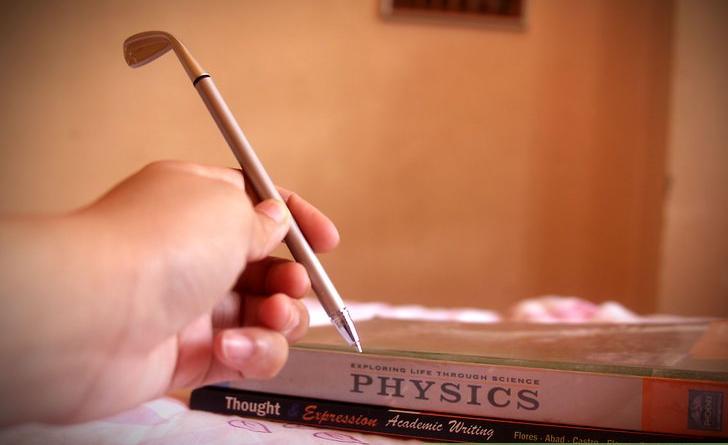 3Add the things you always seem to need. Now is the ideal time to add to your pile the things you always seem to need but never have. Such items may include gum, tissues, hand lotion, or whatever else you seem to have to borrow from others often. You may want to include emergency supplies like pads and tampons, band-aids, a mirror, hair ties, bobby pins, etc. Avoid, however, adding useless things back to the pile that you eliminated in the last step.
3Add the things you always seem to need. Now is the ideal time to add to your pile the things you always seem to need but never have. Such items may include gum, tissues, hand lotion, or whatever else you seem to have to borrow from others often. You may want to include emergency supplies like pads and tampons, band-aids, a mirror, hair ties, bobby pins, etc. Avoid, however, adding useless things back to the pile that you eliminated in the last step. 4Clean out your bag. Take this moment to remove any dirt and crumbs from your bag. Clean thoroughly any spots and stains on the inside and outside to give yourself a clean slate.
4Clean out your bag. Take this moment to remove any dirt and crumbs from your bag. Clean thoroughly any spots and stains on the inside and outside to give yourself a clean slate.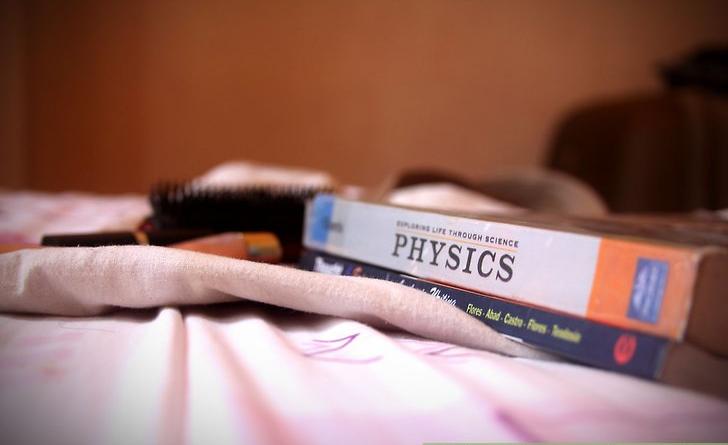 5Group. Now group the things you have left to keep in your bag together based on similarities. Categories like makeup, writing utensils, emergency supplies, hair or beauty items, school books and papers, electronics, etc. are good examples.
5Group. Now group the things you have left to keep in your bag together based on similarities. Categories like makeup, writing utensils, emergency supplies, hair or beauty items, school books and papers, electronics, etc. are good examples.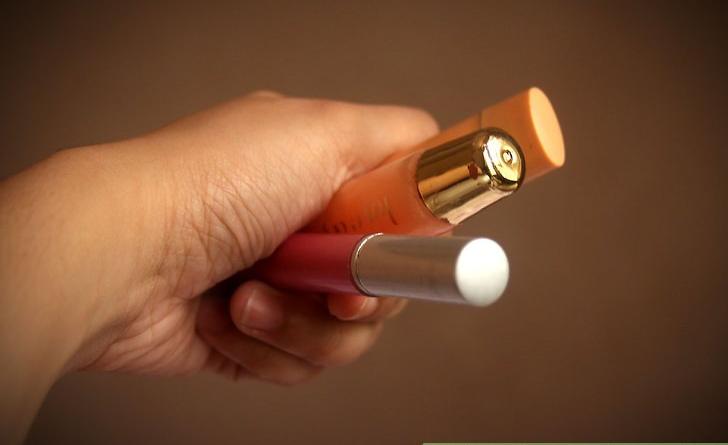 6Put everything in your bag. Start by taking note of the number of separated spaces you have to work with, as well as where they are, and think about how each pocket or compartment is best put to use. Obviously, books and papers will go in the largest pocket, but what to do with all of those other little nooks and crannies? Break it down based on your groupings from before. Pens, pencils, and markers are best kept easily accessible. Emergency supplies or beauty products can be stashed in an inside pocket or in a small separate pouch. Electronics should be well protected, stashed separately from lotions, sprays, or any types of food in your bag. Follow the top organization rules; things you use the most often should be the easiest to access, things you use less often should be harder to reach. Also, consider concealment issues; an inside pocket for feminine products may be best if you don't wish to draw attention to yourself, for example.
6Put everything in your bag. Start by taking note of the number of separated spaces you have to work with, as well as where they are, and think about how each pocket or compartment is best put to use. Obviously, books and papers will go in the largest pocket, but what to do with all of those other little nooks and crannies? Break it down based on your groupings from before. Pens, pencils, and markers are best kept easily accessible. Emergency supplies or beauty products can be stashed in an inside pocket or in a small separate pouch. Electronics should be well protected, stashed separately from lotions, sprays, or any types of food in your bag. Follow the top organization rules; things you use the most often should be the easiest to access, things you use less often should be harder to reach. Also, consider concealment issues; an inside pocket for feminine products may be best if you don't wish to draw attention to yourself, for example. 7Test the system. Take a few days and see how everything works for you. Switch your placements around as needed. What you don't use in one week should be removed from your bag; likewise, add the things you realize are very important for your day to day life. Don't be afraid to switch things down the road either; changes in schedules or extracurricular activities can alter how you need to keep things organized.
7Test the system. Take a few days and see how everything works for you. Switch your placements around as needed. What you don't use in one week should be removed from your bag; likewise, add the things you realize are very important for your day to day life. Don't be afraid to switch things down the road either; changes in schedules or extracurricular activities can alter how you need to keep things organized.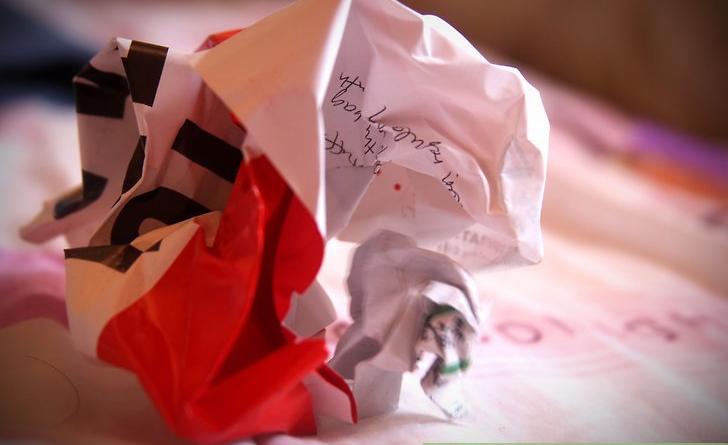 8Clean regularly! Clean out your bag at least once a month or whenever it starts to get a bit messy again. Try to avoid issues in the future by maintaining your setup; avoid throwing things in your bag at the last minute, and again, feel free to change your system when it starts to break down.
8Clean regularly! Clean out your bag at least once a month or whenever it starts to get a bit messy again. Try to avoid issues in the future by maintaining your setup; avoid throwing things in your bag at the last minute, and again, feel free to change your system when it starts to break down.

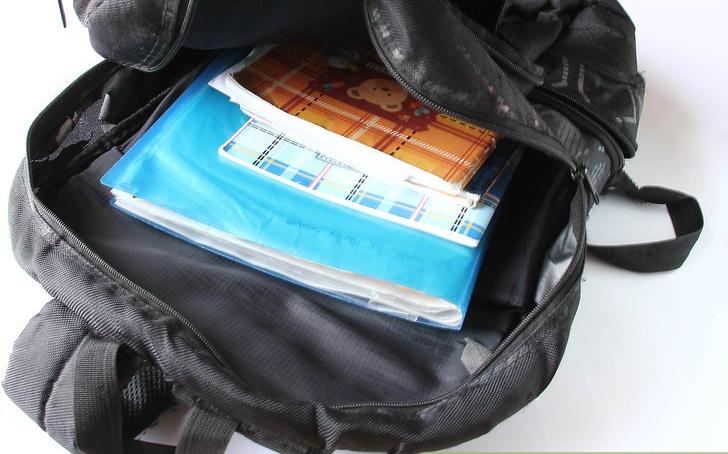 1Get a good bag. Start by purchasing a good bag for school. Backpack styles are popular and usually the roomiest, most comfortable, and overall most efficient way of toting your things. Many girls, however, like the more feminine purse-style of a tote or messenger bag. Whatever you choose, make sure it's big enough to hold books, papers, folders, and the like without bursting at the seams. Also, look for bags with pockets. It's extremely hard to organize bags with only one or two compartments. You're best off looking for a bag with at least two pockets, one zippered. Preferably inexpensive, but expect to pay $20 minimum.
1Get a good bag. Start by purchasing a good bag for school. Backpack styles are popular and usually the roomiest, most comfortable, and overall most efficient way of toting your things. Many girls, however, like the more feminine purse-style of a tote or messenger bag. Whatever you choose, make sure it's big enough to hold books, papers, folders, and the like without bursting at the seams. Also, look for bags with pockets. It's extremely hard to organize bags with only one or two compartments. You're best off looking for a bag with at least two pockets, one zippered. Preferably inexpensive, but expect to pay $20 minimum.